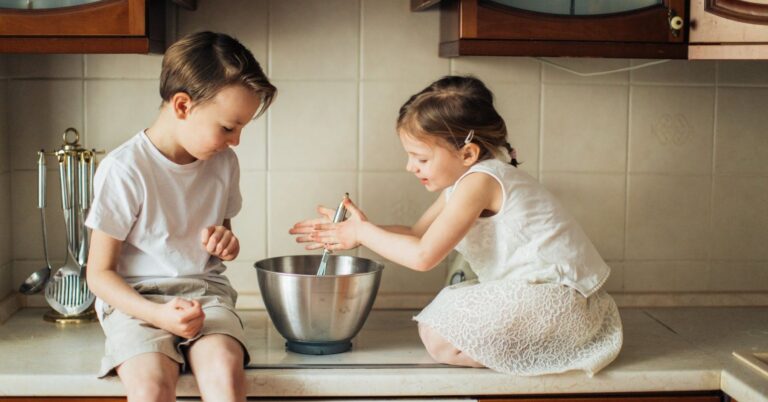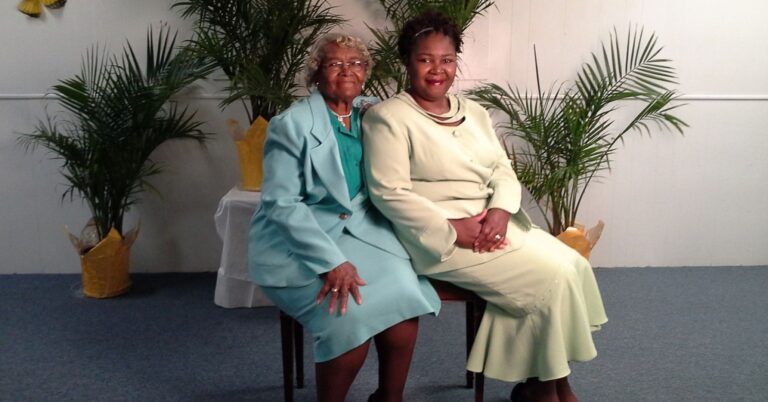
Annie Spratt / Unsplash
Sibling relationships influence our development as growing children, impact our health and well-being into late adulthood, and become some of the longest-lasting bonds a person has.
Research shows that, especially when siblings enter early adulthood, they undergo significant life transitions that can strengthen or weaken sibling bonds—while forming new, intimate relationships with others.
Here are three stages of adult life that sibling relationships evolve through, and what they might mean for the bond you share with your brother or sister.
1. Entering Early Adulthood
Research shows that when siblings transition into early adulthood, they tend to spend less time together, even though they may feel warmer towards each other, face less conflict and rivalry, and their relationships are not as reliant on their dynamic with their parents, allowing for their bond to evolve on its own terms.
When an older sibling leaves home, a younger sibling may grapple with the loss of a warm, supportive bond—or be relieved if it means escaping an atmosphere of conflict. An older sibling can become a positive role model when they pursue their independence.
In larger families with multiple siblings and fewer resources, pursuing education or career advancement can become contentious when parents invest more resources into one sibling than the others. Such differential treatment, whether intentional or not, can create conflict and resentment between siblings, especially if this treatment repeats a pattern from their childhood or if one is more successful in their career than the other.
However, a 2018 study found that, despite conflict, changes in physical proximity and less frequent communication lead to conversations in emerging adulthood between siblings that tend to be more meaningful when they happen. With time and achieving similar milestones, siblings may begin to feel more like equals, which can soothe childhood wounds of competition and comparison.
2. Navigating Romantic Milestones
According to a 2023 study, when siblings create their own families, the original family dynamic adjusts to accommodate new connections. Integrating families may potentially strain these relationships, especially if siblings and in-laws do not get along.
Researchers provide the following insights on the impact of romantic transitions on siblings.
- The frequency of contact and conflict decreases when a sibling begins living with a partner.
- Siblings tend to be in contact more when one gets married or becomes a parent, possibly due to greater opportunities for family events and bringing their children together.
- The emotional intimacy between siblings tends to decrease when either lives with or is married to a partner or becomes a parent. But, their relationships become more intimate with increased contact when their romantic relationships end. This closeness can lead to higher levels of conflict between siblings as they once again become more central to each other’s lives. Sometimes, the effects of romantic dissolution can add to existing sibling conflicts.
- All of these effects are exacerbated when both siblings undergo such life events together as opposed to individually. This may be because experiencing similar life transitions, such as marriage, parenting, or separation, can bring siblings closer through shared experiences or exacerbate childhood rivalries through continued comparisons.
3. Connection in the Golden Years
While siblings can be a source of support and affection, for some, they may be a cause of distress. For instance, siblings can become estranged over time as a result of cutting off a parent, being tired of parental favoritism, or being pitted against each other.
A 2020 study found that sibling conflict and parental favoritism were associated with experiencing depression, anxiety, hostility, and loneliness. However, researchers highlight the important buffering effects of a healthy sibling dynamic and add that older adults tend to report higher levels of sibling support, proximity, and warmth, and lower levels of conflict, loneliness, or parental favoritism, especially after the age of 70.
Siblings in later stages of life are also united in the grief of a parent’s death, which tends to bring them emotionally closer. A supportive relationship with a sibling can lead to higher levels of life satisfaction. Discerning the nature of these relationships and whether they uplift, nurture, and contribute to personal growth is key to harnessing their potential for positive impact.
Conclusion
Sibling relationships tend to undergo complex transformations, influenced by life’s pivotal moments. While these relationships can harbor conflicts and tensions that challenge our well-being, they may also offer enduring support, warmth, and valuable companionship, evolving over time, just as you do.





















+ There are no comments
Add yours